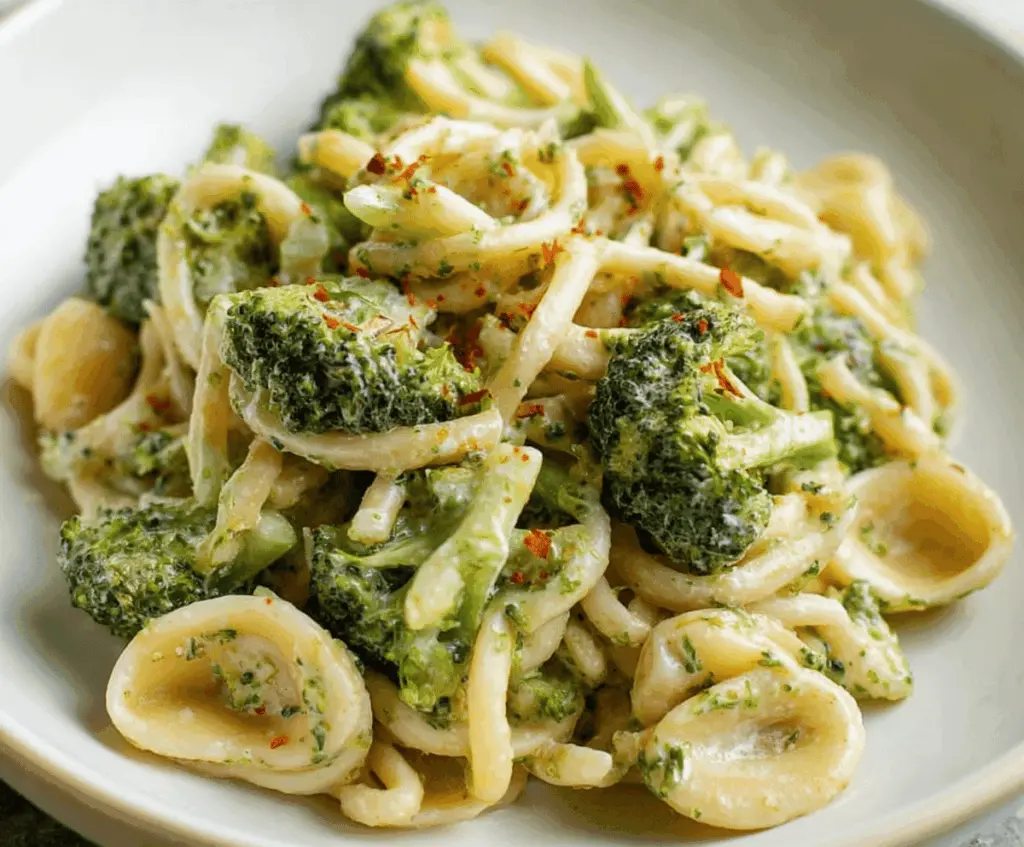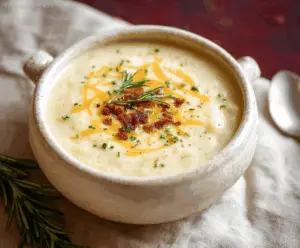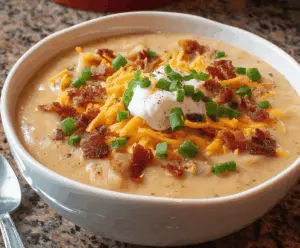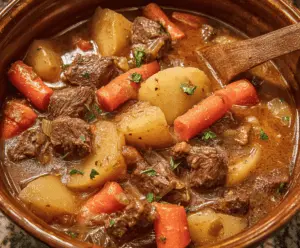Broccoli Pasta is a simple and delicious dish that combines tender pasta with fresh, crisp broccoli for a perfect mix of textures and flavors. The broccoli adds a nice pop of green and a mild, slightly sweet taste that pairs wonderfully with garlic, olive oil, and a sprinkle of Parmesan cheese. It’s a quick, healthy meal that feels both light and satisfying.
I love making Broccoli Pasta when I want something easy but still tasty for a weeknight dinner. Adding a bit of crushed red pepper gives it just the right amount of kick without overpowering the gentle broccoli flavor. Sometimes, I toss in toasted breadcrumbs for a little crunch—it’s a small touch that makes a big difference.
One of my favorite ways to serve this dish is with a simple side salad and some crusty bread to soak up any leftover sauce. It’s the kind of dinner that’s comforting without being heavy, and I find it’s a great way to get more veggies into the meal without anyone even noticing. Plus, it’s always a hit when friends come over!
Key Ingredients & Substitutions
Orecchiette Pasta: This pasta shape is perfect for holding the sauce and broccoli. You can swap it with penne, fusilli, or farfalle if you can’t find orecchiette.
Broccoli: Fresh broccoli florets give a nice crunch and bright flavor. Frozen broccoli can work in a pinch, but fresh is best for texture.
Garlic: Adds essential aroma and flavor. Use fresh minced garlic for best taste, or garlic powder if pressed for time.
Parmesan Cheese: This cheese adds a salty, nutty kick. If you’re dairy-free, try a vegan Parmesan substitute or nutritional yeast.
Olive Oil: It helps carry flavors and keeps the pasta from drying. Extra virgin olive oil has the best taste, but any mild oil works.
Heavy Cream (optional): This makes the sauce richer and creamier. Swap it with a plant-based cream or skip it for a lighter dish.
How Do You Get Perfectly Cooked Broccoli in Pasta?
Cooking broccoli just right ensures it stays tender-crisp and bright green. Here’s how I do it:
- When boiling pasta, add broccoli florets during the last 3-4 minutes. This timing cooks them just enough without turning mushy.
- Drain the broccoli with the pasta to keep flavors together and avoid losing nutrients.
- For extra crunch, you can steam the broccoli separately just until fork-tender and then toss it in the pasta at the end.
This method keeps the broccoli fresh and vibrant, which adds great texture and color to your dish.
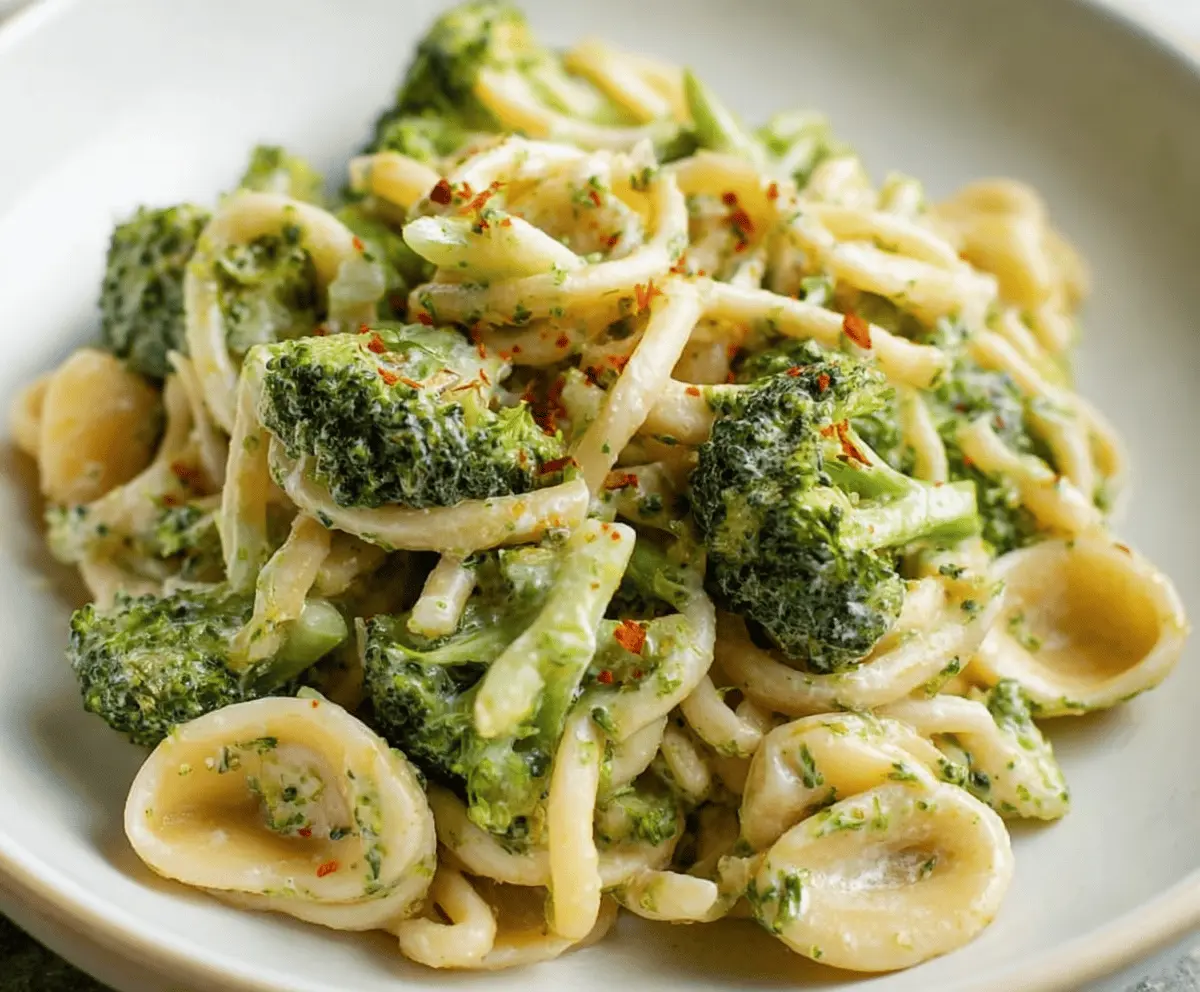
Equipment You’ll Need
- Large pot – I use this for boiling the pasta and broccoli together, saving time and dishes.
- Colander – for draining the pasta and broccoli easily without losing any bits.
- Large skillet – perfect for tossing the cooked ingredients with garlic, oil, and cheese.
- Wooden spoon or tongs – makes mixing everything simple and gentle to avoid breaking the pasta.
- Measuring cups and spoons – for precise amounts of cheese, cream, and seasonings.
Flavor Variations & Add-Ins
- Swap Parmesan for crumbled feta or goat cheese for a tangier twist.
- Add cooked chicken, shrimp, or bacon bits to make it more filling and protein-rich.
- Mix in sautéed mushrooms or cherry tomatoes for extra flavor and color.
- Finish with a squeeze of lemon juice or sprinkle of lemon zest for a fresh, bright flavor.
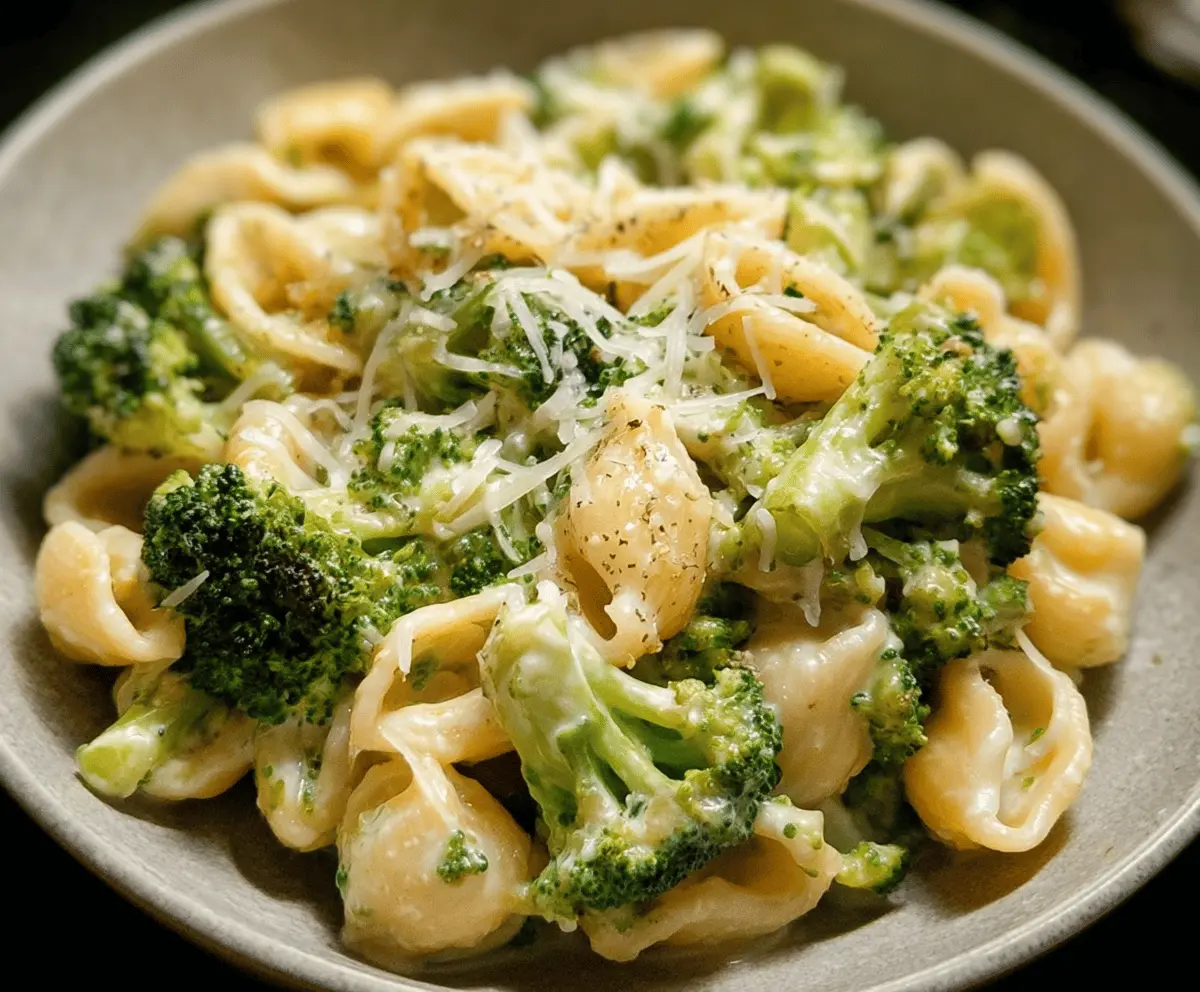
How to Make Broccoli Pasta
Ingredients You’ll Need:
Main Ingredients:
- 8 ounces orecchiette pasta (or any short pasta like penne or fusilli)
- 2 cups fresh broccoli florets
- 3 tablespoons olive oil
- 3 cloves garlic, minced
- ½ cup grated Parmesan cheese
- ¼ cup heavy cream or half-and-half (optional, for creamier texture)
- ½ teaspoon red pepper flakes (adjust to taste)
- Salt, to taste
- Freshly ground black pepper, to taste
- ¼ cup reserved pasta cooking water
- Optional: lemon zest or juice for brightness
How Much Time Will You Need?
This recipe takes about 20 minutes in total. You’ll spend around 10–12 minutes boiling the pasta and blanching the broccoli, plus 5–8 minutes sautéing and mixing everything together. It’s a quick and tasty meal perfect for busy days.
Step-by-Step Instructions:
1. Cook the Pasta and Broccoli Together:
Bring a large pot of salted water to a boil. Add the pasta and cook according to package directions until it’s almost al dente. During the last 3 to 4 minutes of cooking, add the broccoli florets to the boiling water to blanch them. This cooks the broccoli until tender yet crisp. Reserve ¼ cup of the pasta cooking water before draining the pasta and broccoli.
2. Sauté Garlic and Combine Ingredients:
Heat the olive oil in a large skillet over medium heat. Add the minced garlic and sauté for about 1 minute until fragrant but not browned. Then add the drained pasta and broccoli to the skillet and toss them together with the garlic and oil.
3. Create the Sauce and Serve:
Stir in the Parmesan cheese, red pepper flakes, and reserved pasta water. If you want a creamier sauce, add the heavy cream or half-and-half and mix well. Season with salt and freshly ground black pepper to taste. If you’d like, finish with some lemon zest or a squeeze of lemon juice for a fresh touch. Serve right away, garnished with extra Parmesan and a sprinkle of red pepper flakes if you enjoy more heat.

Can I Use Frozen Broccoli Instead of Fresh?
Yes, you can use frozen broccoli! Just thaw it completely and drain any excess water before adding it to the pasta to avoid making the dish watery.
How Can I Make This Pasta Vegan?
To make it vegan, skip the Parmesan and cream, and use a plant-based cheese or nutritional yeast. Swap olive oil for a vegan-friendly alternative if needed.
Can I Prepare This Dish Ahead of Time?
You can cook the pasta and broccoli ahead and store them separately in the fridge for up to 2 days. Toss everything with the sauce just before serving to keep it fresh and delicious.
What’s the Best Way to Store Leftovers?
Store leftovers in an airtight container in the refrigerator for up to 3 days. Reheat gently on the stove or in the microwave, adding a splash of water or cream to loosen the sauce if needed.
